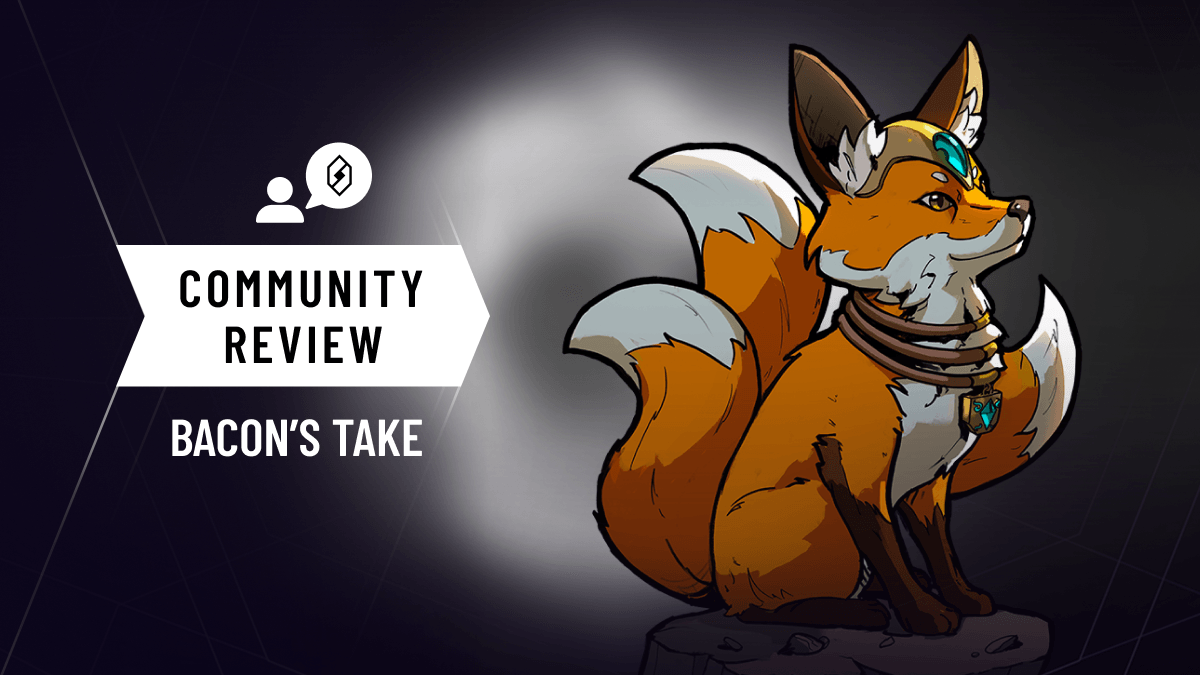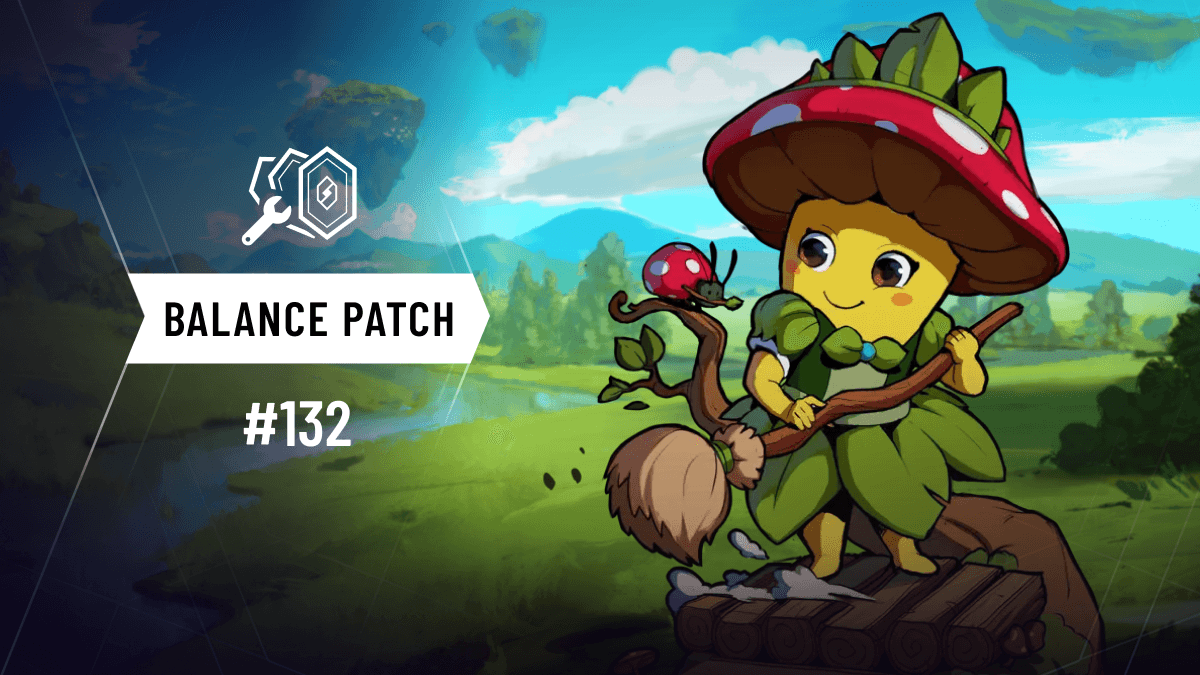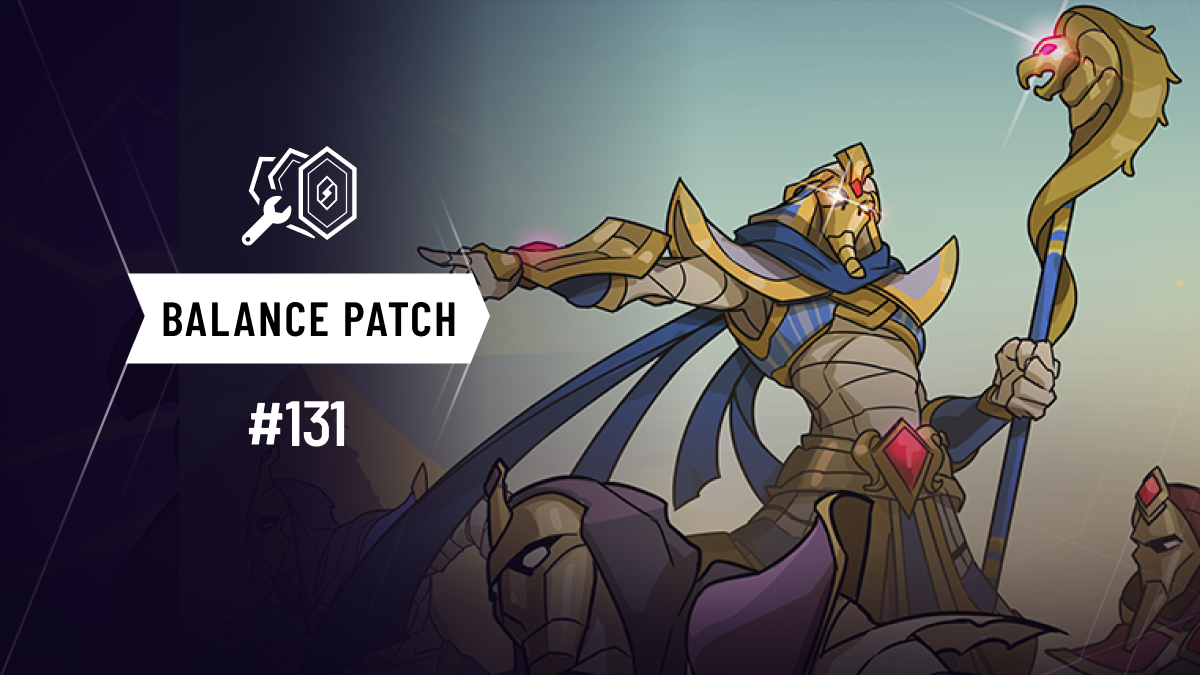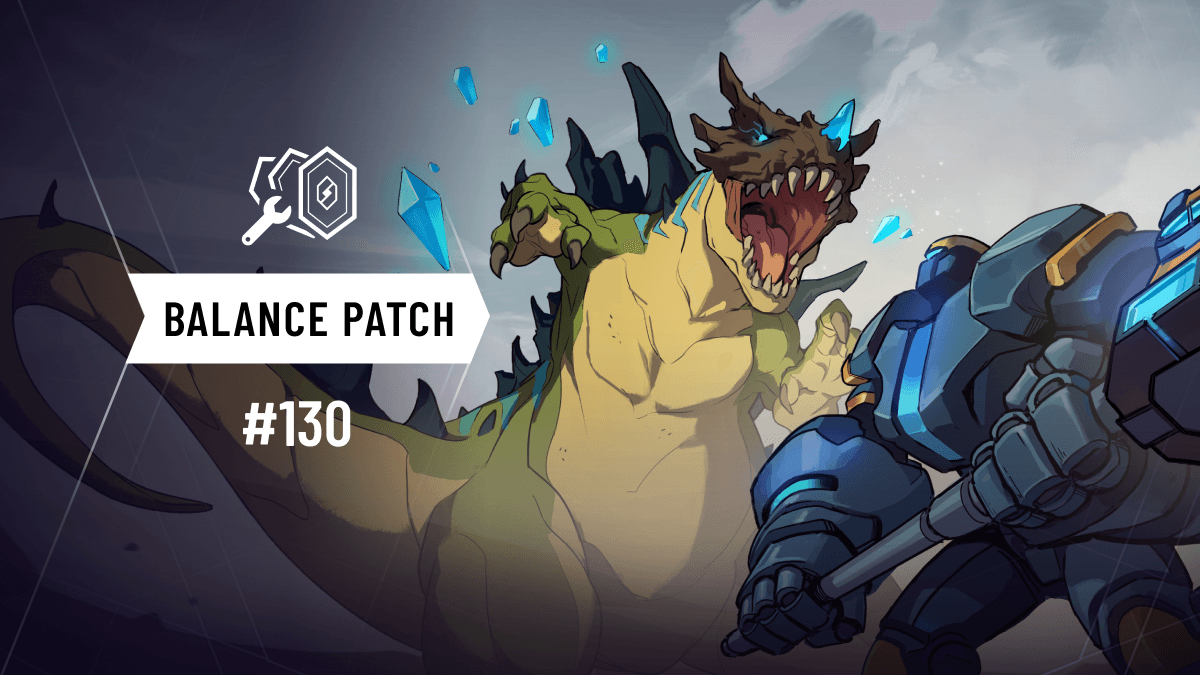Bacon's Take On Traits
Written By: Just Add Bacon | Editing By: Alpha Sapphire
Howdy y’all, Just Add Bacon here, digressing from theory to talk about something a little more concrete, traits! These are some of the fundamental elements in Skyweaver, modifying how units and spells interact in a myriad of ways. So, it’s about time to break down how they work! Without further ado, here’s what you need to know about traits in Skyweaver!

Not Like Other Cards

Given that it’s easy to confuse traits and keywords, I think it’s handy to start by distinguishing between them. Traits appear on cards in the form of special colored blocks. These, and their effects, are
- Armor: The wielder takes one less damage from all sources.
- Banner: Your hero has +1 power. If this is a unit, the effect lasts as long as the unit is on board. If it is a spell, it lasts for the rest of the turn.
- Dash: The unit can attack other units on the turn it is summoned.
- Guard: The unit’s hero can not be attacked by characters.
- Lifesteal: Damage dealt to the enemy hero heals the user’s hero.
- Stealth: The unit can’t be attacked unless its hero has been damaged that turn.
- Wither: Damage dealt to a unit reduces that unit’s power by the same amount.
Traits are sometimes confused with keywords. Keywords appear in the form of bolded words on cards. These usually indicate a trigger for when an effect activates, although bolded text is also used to indicate other things. For clarity, Keywords and their effects are
- Death: When this unit is put into a graveyard from the battlefield.
- Glory: When this attacks and damages the enemy hero.
- Inspire: Inspire effects always have an additional qualifier, like “Inspire Spell” or “Inspire Fire”. In any case, an Inspire effect activates after a specific kind of card is played.
- Play: When this unit is played from hand.
- Summon: When this unit is put onto the board.
Note: Summon and play look very similar, but have an important difference. Summon effects work whenever the unit is put onto the board, regardless of the method. Play effects only work when the unit is summoned by spending its mana cost to play it from hand.
- Sunrise: When this unit or enchant’s player’s turn starts.
- Sunset: When this unit or enchant’s player’s turn ends.
- Slay: When this unit damages and destroys a unit during your turn.
- Dust: Remove from the game.
- Mulligan: Return a number of cards from hand to deck, then draw the same number of cards.
- Draw: Take a card from your deck. If you can’t, you instead Conjure a card and get -1 health.
- Ready: If this character is sleeping, or has already attacked this turn, it can attack.
- Conjure: Draw a card that is in your prism(s), from outside of your deck.
That’s a lot of stuff, and some of it may seem a bit unclear. For now though, don’t worry about it, as I’m only covering Traits in this article.
Armor

Armor is currently one of the strongest keywords in the game. Most damage in the game comes in bursts of either 1, 2, or 3, so Armor is usually doing anything from blocking the damage entirely to reducing it by a third. In practice, this means that Armor units have about 1.5x more health than their listed health stat, and have effectively even more since they are immune to the base hero attack.
Because Armor affects damage, it makes effects tied to damage less effective, while effects that increase damage become more effective. So, Wither tends to suffer while Armor is popular, while Banner and Frostbite make useful counters. Effects that don’t deal directly damage, whether they destroy the target like Mortal Blow, or reduce its stats like Seal of Doom are also effective counters. Additionally, units with Dash tend to be weaker in Armor-heavy metas, since units with Dash tend to have less power.
Banner

A versatile trait at its most powerful in the early-game, Banner increases the damage of your hero attack, making it a critical part of the game’s removal meta. Individually, each instance of Banner adds only a single point of damage, but even this is helpful. With just one instance of Banner, your hero is strong enough to remove any unit with 2 health. Banner can also stack, and at 3 power heroes can remove most units in the average deck. Additionally, it’s useful even if the opponent has no units, since the Banner effect then becomes damage dealt to the enemy hero.
Banner increases the damage your hero does, so it naturally comes with all the drawbacks of the hero attack. Relying too much on Banner effects will drain your hero’s health, especially for addressing more powerful units. Additionally, you generally have only one hero attack per turn, making it difficult to use Banner to deal with Stealth units. Other than this, it’s generally pretty useful.
Dash

Dash is perpetually in a running gun battle with Armor for being the most powerful trait. Dash allows units to attack other units as soon as they’ve entered the board, making them useful for removal. These units also often have effects that synergize with their Dash, like Shield or Slay. For this reason, Dash units tend to be quite explosive, and pair well with all kinds of effects, like buffs and debuffs. Dash also tends to be one of the best keywords to give to units, making it quite desirable to pair a Dash unit with Tireless Iteration.
Dash units don’t have many weaknesses, but two stand out. First, Dash units tend to have lower than average stats to compensate for the strength of their keyword. Due to this, Dash units can be weak if they don’t get the full value out of their Dash. So, decks that play few units, or more well-statted units, tend to fare better against units with Dash.
Guard

A primarily defensive keyword, Guard is most useful for defensive or board-focused decks. Many aggro decks prefer to deal damage by attacking the opponent’s hero with their units, and then letting the opponent figure out how to answer their plays. Guard interrupts this by forcing the opponent to attack the user’s units. This is handy, as most aggressive units tend to have below-average health, making them trade poorly into the Guard units.
In my opinion, Guard is one of the weaker keywords in Skyweaver, although it isn’t without its uses. The biggest impediment to Guard is the fact that units lose stats to gain keywords when they’re being designed. This means that Guard units tend to not actually have much more stats than the units they’re blocking, limiting their effectiveness. This also means that Guard units tend to be susceptible to removal, making their keyword ignorable. However, these weaknesses are somewhat mitigated in more midrange builds, which use Guard along with well-statted units and buffs.
Lifesteal

A finicky keyword, Lifesteal is a bit different in Sky than what many may be used to. For starters, Lifesteal works only with damage dealt to the opponent's hero; the damage will heal you only if you damage their hero, not their units. On the surface, that means that Lifesteal is weaker than its MTG or Hearthstone counterparts. However, due to the hero attack mechanic Skyweaver has, health is a much more valuable resource than in most card games, making Lifesteal a better keyword than one would expect.
Because it requires direct damage to the enemy hero, Lifesteal is generally tricky to work with. Aggro decks tend to lack good Lifesteal units, even though they are best positioned to trigger its effect. Control decks would benefit greatly from the healing, but actually hitting the enemy hero is difficult for them. In practice, I find midrange builds the best wielders of Lifesteal, especially decks like Horik Light. With the tools to hold board against aggro, and viable Lifesteal units (See one of my favorite cards, Hexed Surit), midrange decks can use Lifesteal to stabilize against aggro rivals, and hold out against burn combos from decks like Sitti Death or Iris.
Stealth

A mirror of Guard, Stealth prevents a unit from being attacked until your hero has been damaged in the same turn. This keyword can be handy in a number of instances, especially in the early game, but its utility depends on the opponent’s board state. If they have no units, Stealth can be quite handy, keeping an ally safe from the hero attack. However, if they have a lot of units, Stealth tends to suffer, since it ends up only forcing the opponent to attack in a certain order.
Stealth is also a weaker keyword in my opinion, for a few reasons. First, Dash is very good, and thus quite common in decks. Because it's quite easy to damage the enemy hero just by attacking them with your own, Dash units can often prey on Stealth units with ease, generating tempo along the way. Aside from this, “pings” (small, but cheap instances of damage) are also common in the game, arising from units like Zomboids and cheap removal like Soul Drain and Chakram. The Dash weakness can be remedied by pairing the Stealth unit with a Guard unit, but the second can not.
Wither

Finally, we have Wither, a primarily defensive trait with a few offensive applications. Whenever damage is dealt to a unit by a card with Wither, that unit loses power equal to however much damage it took. The most obvious place where one will see Wither is on removal spells like Kha’s Wrath and Soul Drain. Here, Wither makes the spell more reliable, since if it doesn’t destroy the unit it will at least be dealing less damage. In these limited instances Wither doesn’t actually make a card more effective at its primary role, but it does increase the number of situations where the card is a good play.
Wither also has a second job that it frequently performs, which is preserving board control. Many decks rely on attacking with units to remove their opponents board. However, this can sometimes be ill-advised, as trading generally means weakening the units on your own board. Wither solves that problem by reducing the damage that your unit takes in the combat, effectively granting it extra health. When used this way, Wither becomes a powerful tool for maintaining board presence efficiently.
It should be noted now that Wither one of the weaker keywords in Skyweaver, for a few reasons. First, Armor is generally pretty common, and decks that run Armor at all tend to have it in spades. Secondly, there are many situations in which player’s don’t actually gain value from a Wither effect, even though they paid the mana for it. This occurs any time a removal spell with Wither removes its target outright, like with Kha’s Wrath. This also occurs frequently with Wither units, who can trade and remove an enemy unit without their Wither ever being helpful.
Conclusion
Welp, there you have it, everything you could’ve possibly wanted to know about traits! I hope everyone who’s made it this far found this article helpful. Whether you did or didn’t though, feel free to send feedback on discord, be it about this article or even ideas for future articles. In any case, take care, and I will see y’all in Sky!
Join the Discussion! 🎙️
To chat with the rest of the community and the Horizon team, join our Discord server! Subscribe to our subreddit to share your ideas, and be sure to follow us on Twitter or Instagram! Also—we’re on TikTok too!
Skyweaver is in Open Beta. You can play for free at play.skyweaver.net or download the game on Windows, Mac, Linux, IOS, and Android!

Recent Posts














